Yoga for Beginners: A Mindful Approach to Health
In a world that’s constantly buzzing, finding a refuge for your mind and body can feel like a luxury. But what if that refuge was accessible to everyone, regardless of age, fitness level, or experience? Enter yoga – an ancient practice that offers a gentle yet profound path to holistic wellness. If you’ve been curious about yoga but felt intimidated by the seemingly complex poses or spiritual aspects, this guide is for you. Welcome to the gentle side of yoga, perfect for beginners!
What is Yoga, Really?
At its core, yoga is much more than just physical postures (asanas). It’s a union – a bringing together of the body, mind, and spirit. While popular culture often showcases advanced yogis in complex looking poses, the true essence of yoga lies in its ability to cultivate inner peace, self-awareness, and a deeper connection to oneself. For beginners, this means focusing on the fundamentals: mindful movement, breath awareness, and gentle stretching.
Why Choose Yoga as a Beginner?
The benefits of a consistent yoga practice are vast and cater beautifully to those just starting out:
- Improved Flexibility: Yoga gently lengthens muscles and increases range of motion, helping you feel more limber and less stiff.
- Enhanced Strength: Even beginner poses engage core muscles and build foundational strength, improving posture and stability.
- Stress Reduction: The emphasis on breathwork (pranayama) and mindful movement calms the nervous system, significantly reducing stress and anxiety.
- Better Balance: Many yoga poses cultivate a sense of balance, both physically and mentally, reducing the risk of falls and improving coordination.
- Increased Body Awareness: You’ll start to notice how your body feels, where tension might be held, and how your breath can influence your state of being.
- Improved Focus and Concentration: By bringing your attention to the present moment, yoga trains your mind to stay focused, enhancing concentration.
- Better Sleep: Regular practice can lead to a more relaxed state, promoting deeper and more restorative sleep.
Getting Started with your Yoga Journey
Ready to roll out your mat? Here’s how to begin your yoga journey with ease:
- Find the Right Class or Resource:
- Beginner-Friendly Studio Classes: Many yoga studios offer specific “Beginner Yoga” or “Gentle Yoga” classes. These are excellent for learning proper alignment and receiving personalized guidance.
- Online Platforms: Websites like YouTube , specialized yoga apps, and online subscription services offer a plethora of beginner-friendly tutorials.
- Books and DVDs: For those who prefer a more structured approach, there are many excellent beginner yoga books and DVDs available.
- Essential Gear (Keep it Simple!):
- Yoga Mat: A non-slip mat is crucial for comfort and safety.
- Comfortable Clothing: Wear something that allows for freedom of movement.
- Props (Optional but Helpful): Blocks, straps, and blankets can assist in making poses more accessible and comfortable, especially as you gain flexibility.
- Listen to Your Body:
- This is the golden rule of yoga, especially for beginners. Never force yourself into a pose that causes pain. Discomfort is normal when stretching, but sharp pain is a sign to back off.
- Modifications are your friends! Don’t be afraid to use props or adjust poses to suit your body’s current capabilities.
- Focus on Your Breath:
- The breath is the anchor of your yoga practice. Inhale deeply and exhale completely. Let your breath guide your movements.
- Even if you’re not getting the pose perfectly, simply focusing on your breath during the practice will yield immense benefits.
Beginner-Friendly Yoga Sequence (10–15 Minutes)
Here is a beginner yoga sequence to practice and get started. Try to find a quiet, comfortable space where you can practice without distractions. A yoga mat or soft surface is helpful, but not essential.
1. Easy Seated Pose (Sukhasana) – 1 – 2 Minutes
How to do it: Sit cross-legged position on your mat with a straight spine. Rest your hands on your knees in gyan mudra. Close your eyes if comfortable.
Focus: Bring the awareness to every part your body from head to toe and then your breath.
Benefits: This grounding posture sets the tone for your practice. It helps calm the nervous system and centre your awareness.
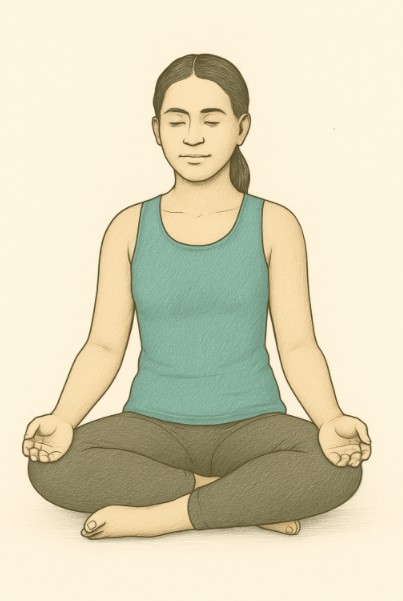
2. Cat-Cow Stretch (Marjaryasana–Bitilasana) – 5 Rounds
How to do it: Come to a tabletop position on hands and knees, shoulders stacked over wrists, hips over knees.
Cow Pose (Inhale): Drop your belly, lift your chest and tailbone, look forward.
Cat Pose (Exhale): Round your spine, tuck your chin to your chest, draw your belly in.
Focus: Synchronize your breath with your movement.
Benefits: This gentle spinal warm-up increases mobility, eases tension in the back, and prepares you for further movement.
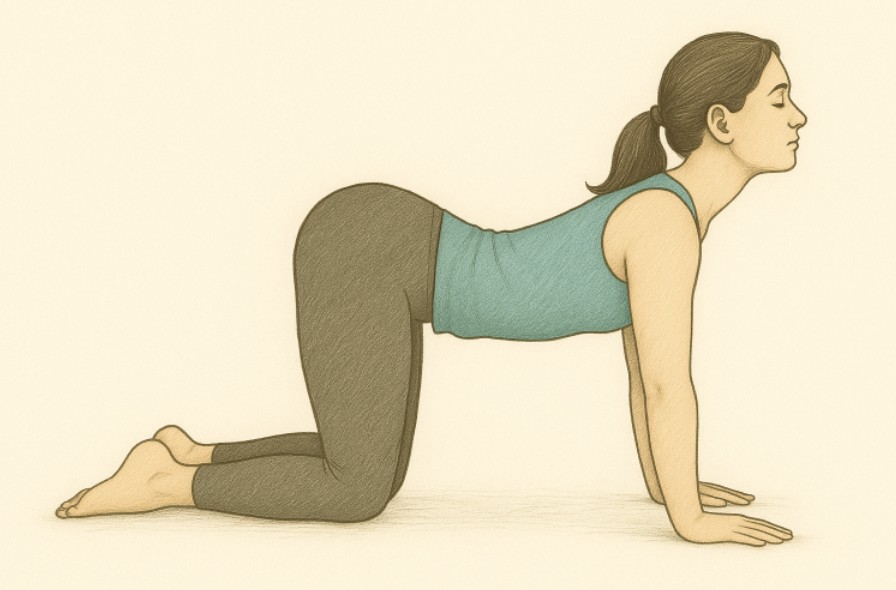
3. Downward Facing Dog (Adho Mukha Svanasana) – 3-5 Breaths
How to do it: From tabletop, tuck your toes under, lift your hips toward the ceiling to form an inverted “V” shape. Keep knees bent slightly if your hamstrings are tight. Breathe in this position for 3-5 times, focus on long exhales.
Focus: Gaze towards your navel in this position
Benefits: A full-body stretch that energizes the body, strengthens arms and shoulders, and stretches the back and legs.
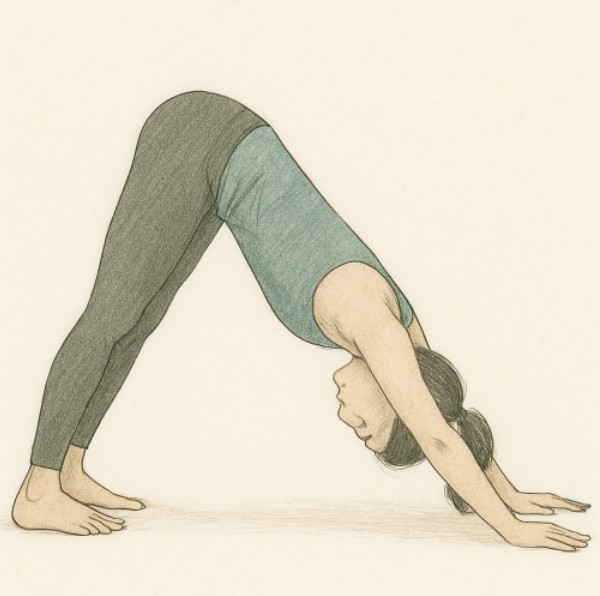
4. Low Lunge (Anjaneyasana) – 3 Breaths Per Side
How to do it: From Downward Dog, step your right foot forward between your hands. Lower your back knee to the mat. Raise your arms overhead or keep hands on your thigh.
Switch sides: Repeat on the left side.
Focus: Gaze upwards and breathe slowly minimum 3 times each side.
Benefits: Opens the hip flexors, stretches the thighs, and improves balance and posture.

5. Child’s Pose (Balasana) – 2 Minutes
How to do it: Bring your knees wide, big toes together, and sit your hips back toward your heels. Extend your arms forward and rest your forehead on the mat.
Focus: Breathe slowly and deeply. Feel your body softening into the floor with each exhale.
Benefits: A deeply restful pose that promotes relaxation, stretches the back, and gives you a moment to reset.

6. Legs Up the Wall (Viparita Karani) – 3–5 Minutes
How to do it: Sit sideways next to a wall, then extend your legs vertically up the wall as you lie back. Adjust your position so your hips are close to the wall and your back is flat on the floor.
Focus: Close your eyes and allow your arms to rest at your sides, palms up. Breathe Deeply.
Benefits: A passive, restorative pose that helps reduce stress and anxiety and calms the mind, improve blood circulation and retrieve tired legs.
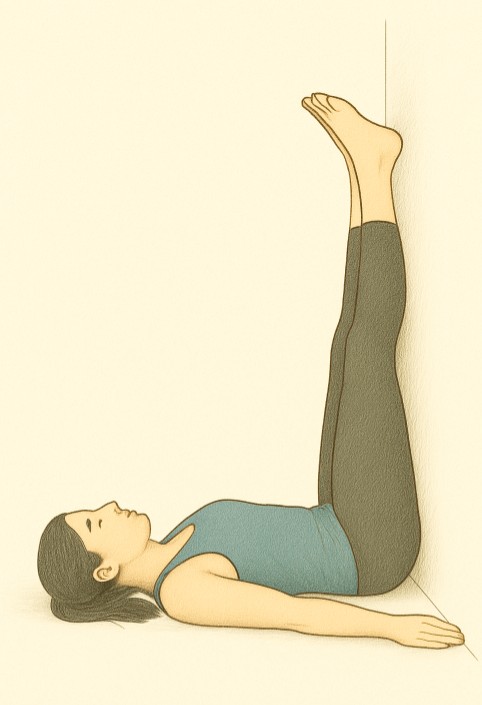
Embrace the Journey
Remember, yoga is a practice, not a performance. There’s no need to be perfect or compare yourself to others. The beauty of yoga lies in its adaptability and its ability to meet you exactly where you are. Start small, be consistent, and most importantly, be kind to yourself.
As you gently unfold on your mat, you’ll discover not just physical benefits, but a growing sense of calm, clarity, and well-being that extends far beyond the yoga studio. So take a deep breath, step onto your mat, and embark on your gentle path to wellness. Your body and mind will thank you for it!

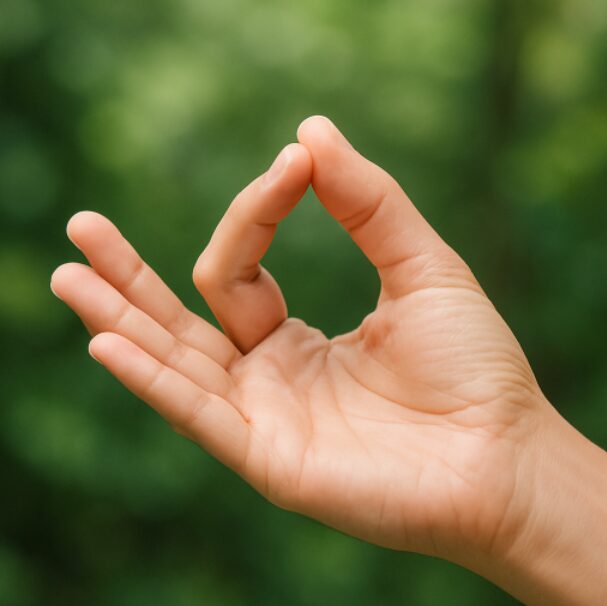
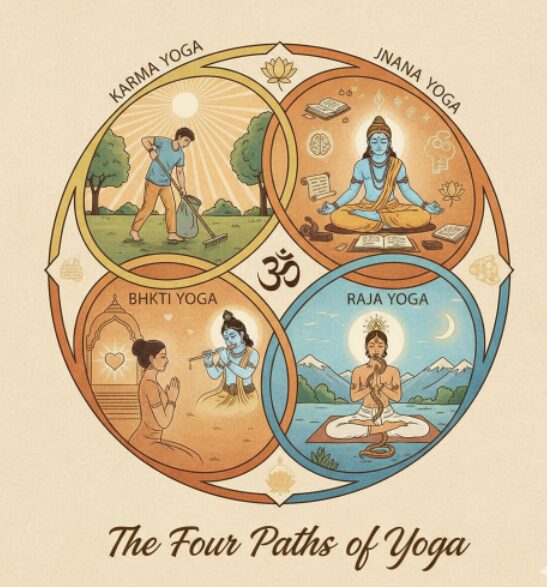
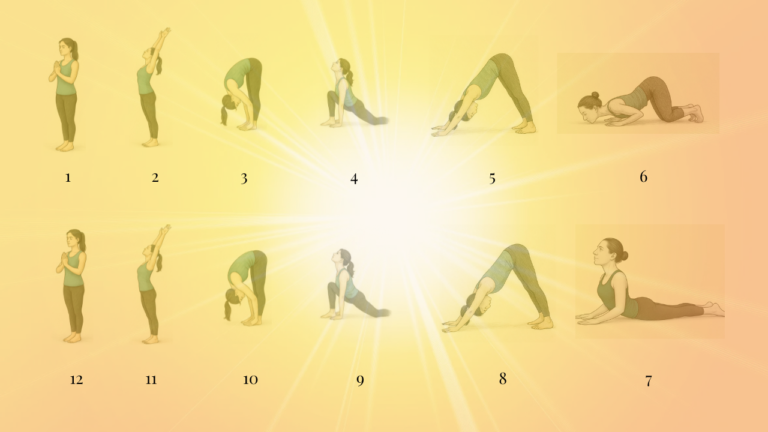
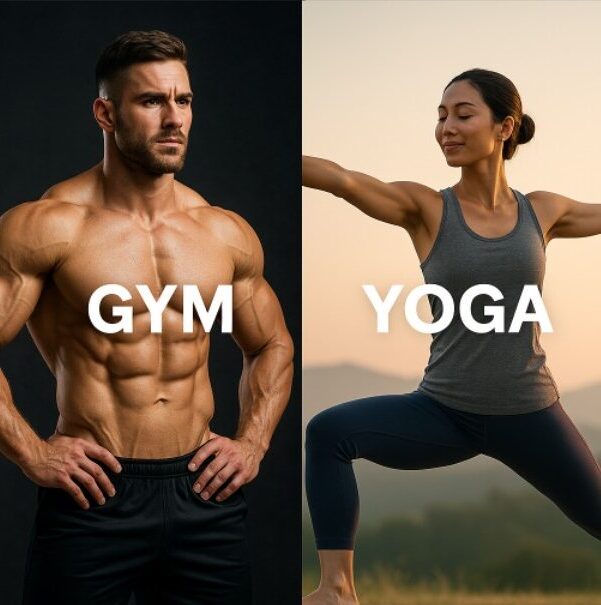
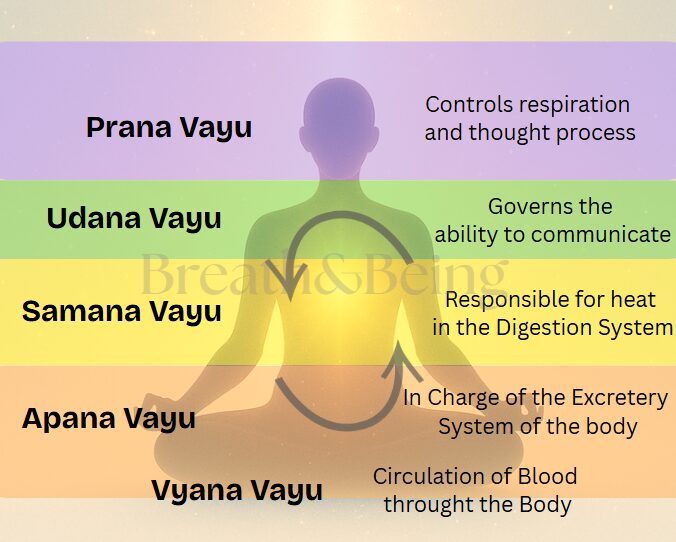
One Comment